Feather Fall Theatre Company’s inaugural production is big swing that starts strong but loses momentum.
Seeing a world premiere is always a gamble, but it’s also a chance to witness something being born. At the Dairy Arts Center, that sense of new life is both the subject and the spirit of Feather Fall Theatre Company’s inaugural production, Daisy Violet the Bitch Beast King.
Written by CU Boulder Ph.D candidate Sam Collier and directed by MA student Aaron Klass, this dark comedy about girlhood, rage and monstrous invention is jam-packed with ideas. And, while some ideas connect and others don’t, there’s something undeniably invigorating about watching a young company stake a claim in the local scene by tackling ambitious, experimental work rather than relying on a tried-and-true title.
The production is undeniably imaginative. The first half crackles with energy and potential as we watch sisters navigate the complicated realities of life, but as the play stretches toward a more grounded, adult-oriented conclusion, it loses its narrative clarity and slowly deflates.

Photo: RDGPhotography
A fierce, funny first half
The show begins promisingly. Sisters Henrietta (Grace Richardson) and Josephine (Savannah Vedovatti), tangled in childhood conflict and craving an outlet for everything they aren’t allowed to be, decide to conjure a third sister who can embody all that suppressed ferocity. What emerges is Daisy Violet (Bianca Patten), a creature who is “like Frankenstein, but a girl.”
The early sequences are the play at its strongest. There’s a giddy thrill watching the sisters teach their handmade sibling how to move, speak and exist in a world determined to shrink girls into something quieter and more compliant.
The Frankenstein parallels aren’t subtle, and they don’t need to be. Collier uses them to explore how young girls navigate systems that restrict their bodies and emotions.
The script lets Daisy Violet embody the forbidden impulses Henrietta and Josephine have internalized: she is loud, talks back to adults and breaks rules with impunity. Klass stages these moments with a satisfying frenetic rhythm, giving the production’s early scenes a pulsing energy.
But as the play moves deeper into its middle stretch, the violence becomes less disciplined. Early on, it underlines the fantasy of two girls testing the limits of their own power through a creature who can do what they cannot. Yet once the script introduces more grounded conflicts, the violence stops illuminating anything and instead starts short-circuiting the emotional stakes.
A key example appears in a scene with the sisters’ mother. What begins as a delicate, almost promising conversation about sexuality and safety abruptly derails when Daisy Violet kills the girls’ mother. Bright red confetti shower the stage, deflating all tension and reducing the moment to cheap spectacle, before Josephine forgives the murder of her mother and the moment’s dramatic complexity fades as quickly as it appeared.
These choices fracture the internal logic the first half works so hard to build. The play gestures toward reckoning with monstrousness but then repeatedly sidesteps those questions. The violence became less an expression of the girls’ burgeoning power than a series of punchlines. Rather than escalating toward a thematic climax in which the characters’ actions are reckoned with, the script begins to pivot away from its own premise.
Without revealing the major turn, it’s enough to say that the momentum generated by the early scenes dissipates. As the play progresses, it drifts further from its emotional and narrative foundations, setting the stage for a final act that veers sharply into meta-theatrical performance art. I’ll return to that shift in the conclusion, so don’t read on if you don’t want major spoilers.
Strong performances and uneven technical elements
If the script wavers, the performances never do. Richardson and Vedovatti develop a sharply believable sibling dynamic that is full of affection, exasperation and the kind of petty competitiveness that makes their decision to conjure a third sister oddly logical.
Patten makes a striking impression as Daisy Violet, leaning into the character’s ungainly movements and raw vocal outbursts with fearless commitment. Her work captures the excitement and danger of a being who is both a projection of the sisters’ desires and a creature with a will of her own.
The cast’s standout is Erin Banthoff, who plays every adult in the girls’ universe. These include their exhausted parents, an eccentric teacher, an overbearing therapist and an eager-to-please art gallery assistant. Banthoff’s full-bodied character shifts are sharply defined and hilarious. She transitions between roles with specificity and wit, keeping the show’s darkly comedic tone even as the story becomes stranger.
Technically, the production is inventive but occasionally overcomplicated. Ben Jenkins’ detailed attic set, crammed with antlers, a globe, a guitar case, multiple boxes and much more, creates an appealingly chaotic childhood space. In those early attic scenes, the cluttered environment supports the play’s world and works well.
But because the same detailed set must stand in for multiple locations, including the school, a therapist’s office and later an art gallery, the production feels visually crowded. A simpler, more adaptable design might have allowed the audience to imagine the shifts rather than constantly seeing the attic behind the action or having to cover it, as they do for the final scene.
Jonathan Spencer’s lighting helps shape the attic’s magical atmosphere, and costumes by Sasha Solovyev are thoughtfully crafted. All three girls wear simple white dresses that evoke childhood innocence while visually linking them as a unit, and Daisy Violet’s version, which is dingier and more tattered, nicely hints at her rougher, assembled origins.
The design becomes especially effective in the time jump, where their clothing helps mark the girls’ progression into adulthood. Solovyev’s work also supports Banthoff’s impressive character shifts; each of Banthoff’s adult roles is accompanied by a full, distinct costume change that helps her disappear into a new persona with startling ease.
A final act that loses its thread
After a tender bonding moment late in the play where the girls squeeze shampoo on the floor, Daisy Violet leaps abruptly into adulthood, where Henrietta has become an installation artist. The transition is unusually long, as Banthoff must wrap the entire set in white fabric, alone, while the audience watches, and what follows feels like a different play entirely.
When the lights come up, Richardson gives a lengthy monologue about her “trash” art, which sits center stage and is made of bottles of shampoo and other feminine beauty products to represent what it takes to be a woman in the world. Following this, Josephine and Daisy Violet arrive with never-before-seen backstories; the suggested emotional or thematic maturation that occurred between childhood and adulthood occurs entirely offstage.
What follows is a discussion about memory and the characters’ current lives that abruptly shifts into meta-theatrical performance art. The production literally breaks its fourth wall, pulling audience members onto the stage to squeeze shampoo onto Henrietta’s head. And then … that’s it.
The play’s final pivot into participatory performance art aims for provocation but feels disconnected from the characters’ journeys. Rather than culminating the play’s exploration of creation, responsibility, violence and power consequence, the ending abandons those threads entirely. The resulting final image is more bewildering than bold.
To Klass’s credit, the pacing up until the last section is lively, and the cast’s commitment never falters. You can really feel the creative team’s enthusiasm about interrogating girlhood, social expectations, and the monstrous feminine, which are absolutely ideas that absolutely deserve space in Boulder’s theatre ecosystem.
But as a complete work, Daisy Violet the Bitch Beast King feels like a draft still finding its final shape. The first half is full of promise, while the final act abandons the story’s most compelling ideas for a surreal art-world detour. With clearer thematic follow-through and more attention to character growth, Collier’s play could evolve into something sharper and more resonant.
For now, though, Feather Fall Theatre’s world premiere is best understood as an exciting experiment: imperfect, uneven and frequently frustrating but also fascinating and bursting with potential. Boulder could use more companies willing to take swings this big, because even when the results are messy, there’s value in watching artists bring something new into the world.
A Colorado-based arts reporter originally from Mineola, Texas, who writes about the changing world of theater and culture, with a focus on the financial realities of art production, emerging forms and arts leadership. He’s the Managing Editor of Bucket List Community Cafe, a contributor to Denver Westword and Estes Valley Voice, resident storyteller for the Bonfils-Stanton Foundation and co-host of the OnStage Colorado Podcast. He holds an MBA and an MA in Theatre & Performance Studies from CU Boulder, and his reporting and reviews combine business and artistic expertise.

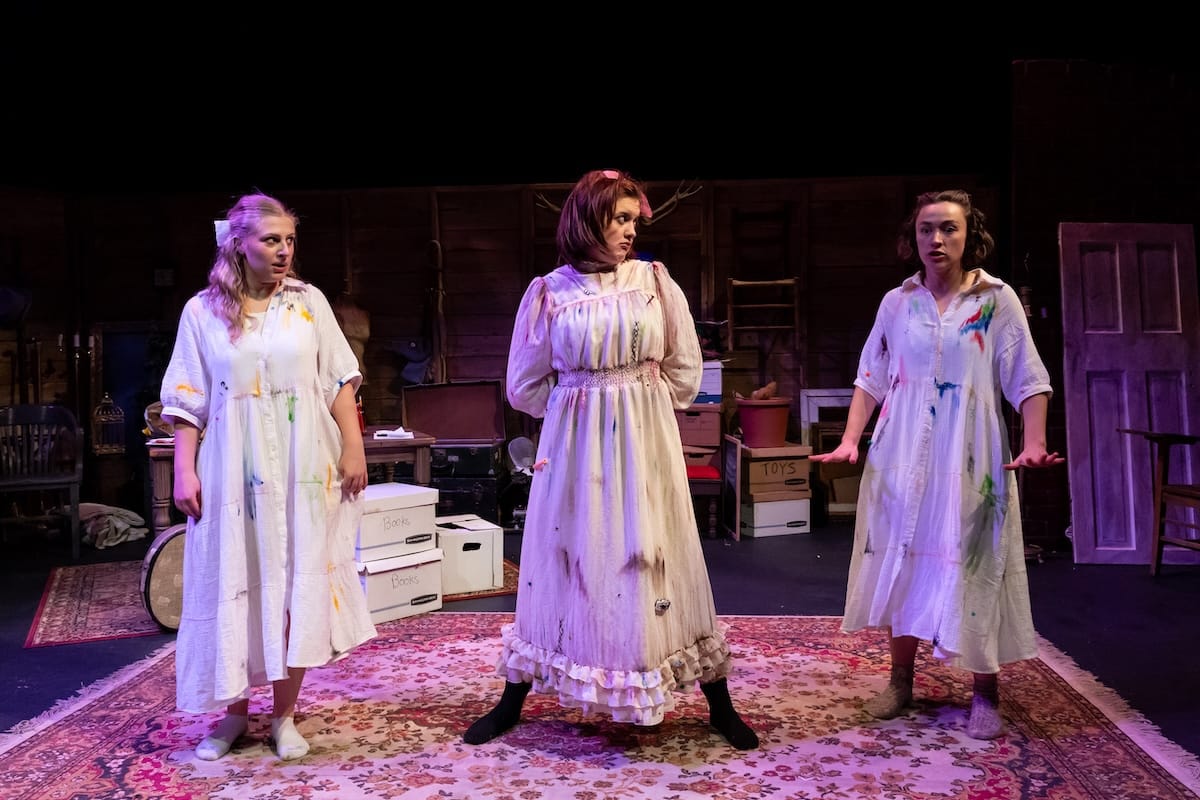
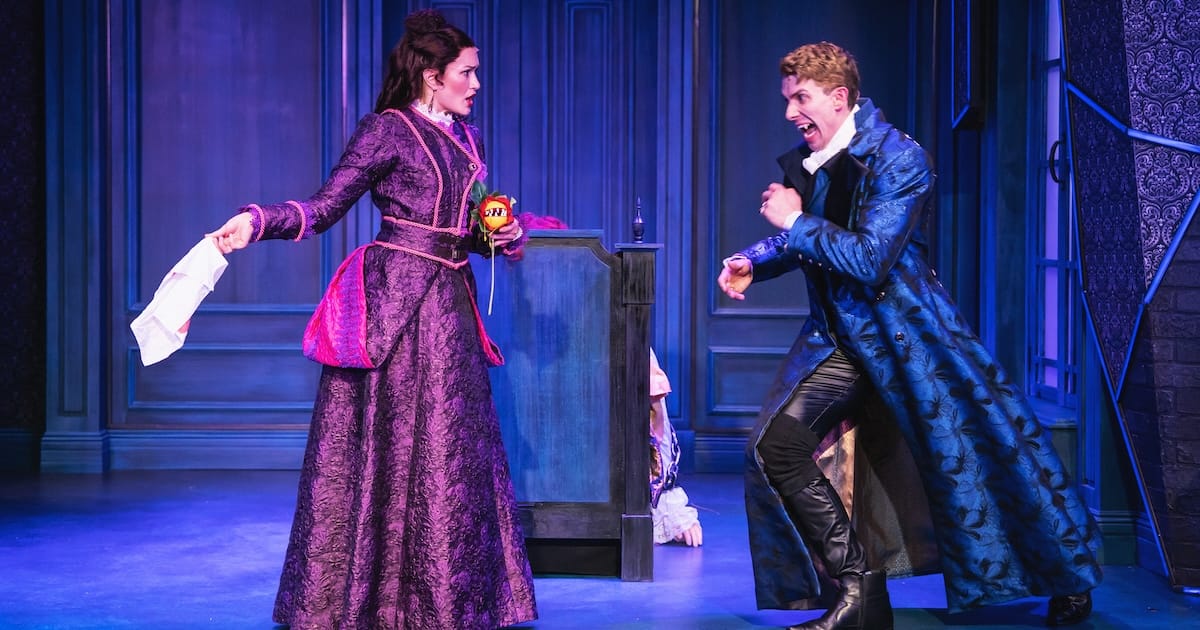
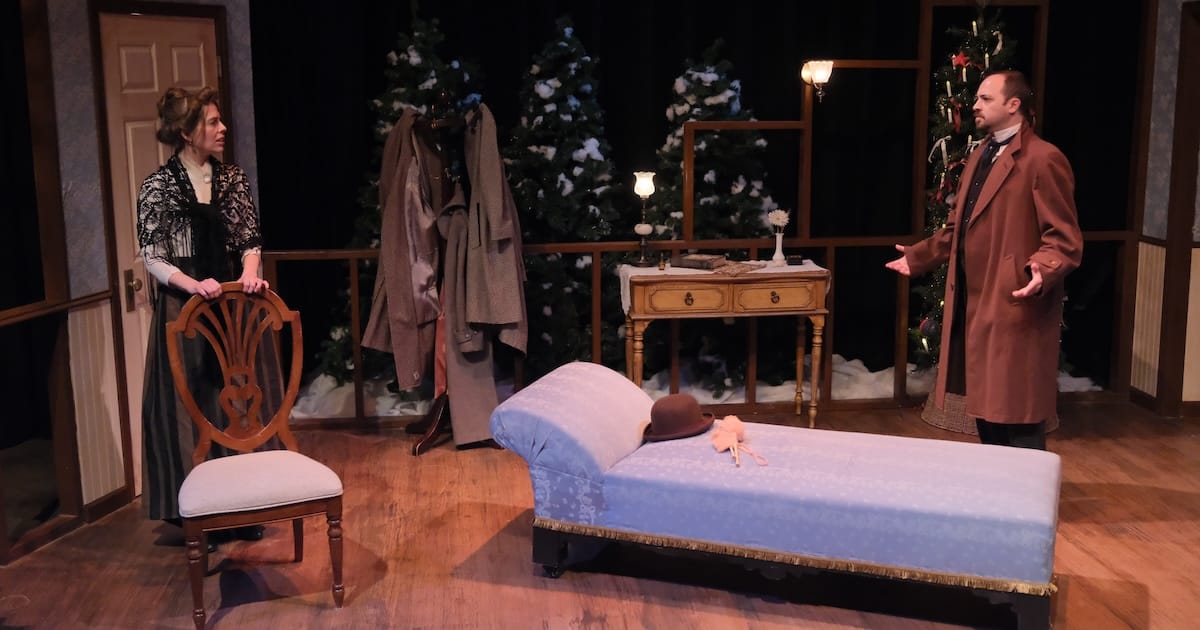


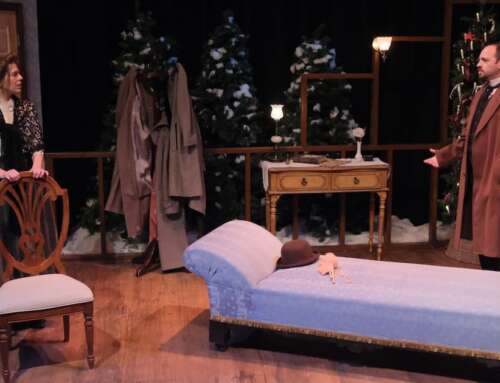
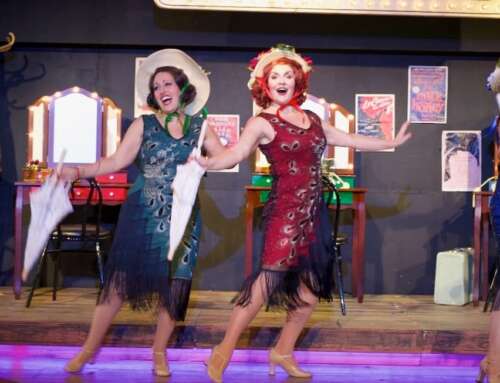
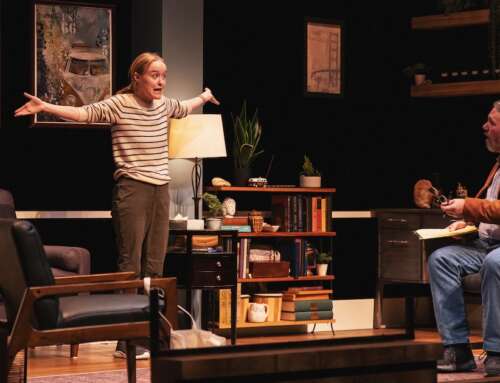

Leave A Comment